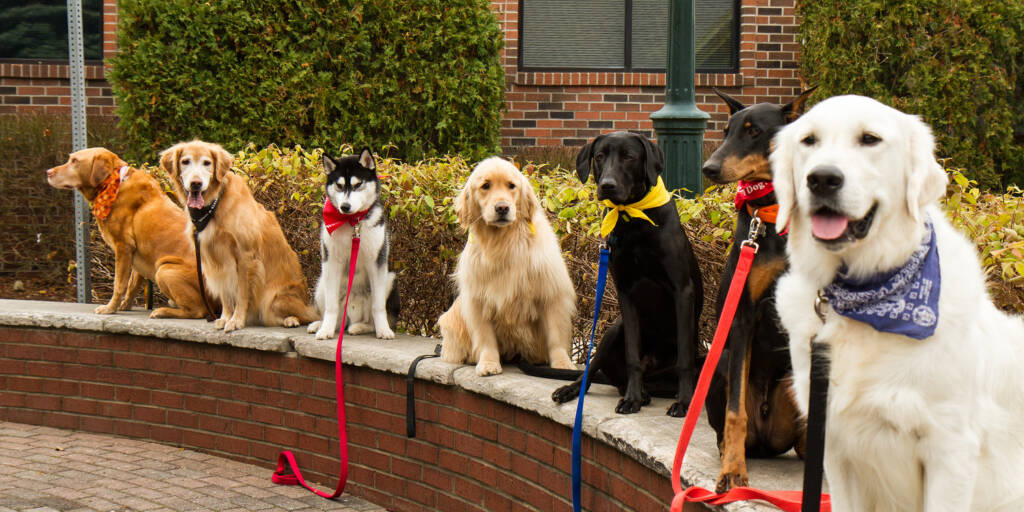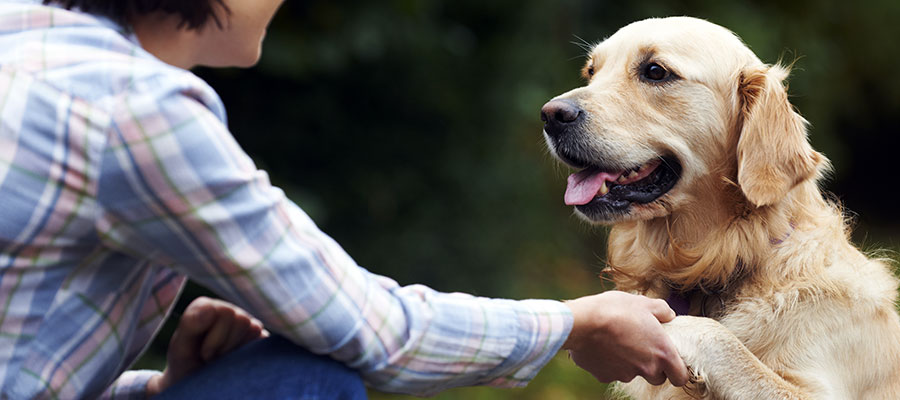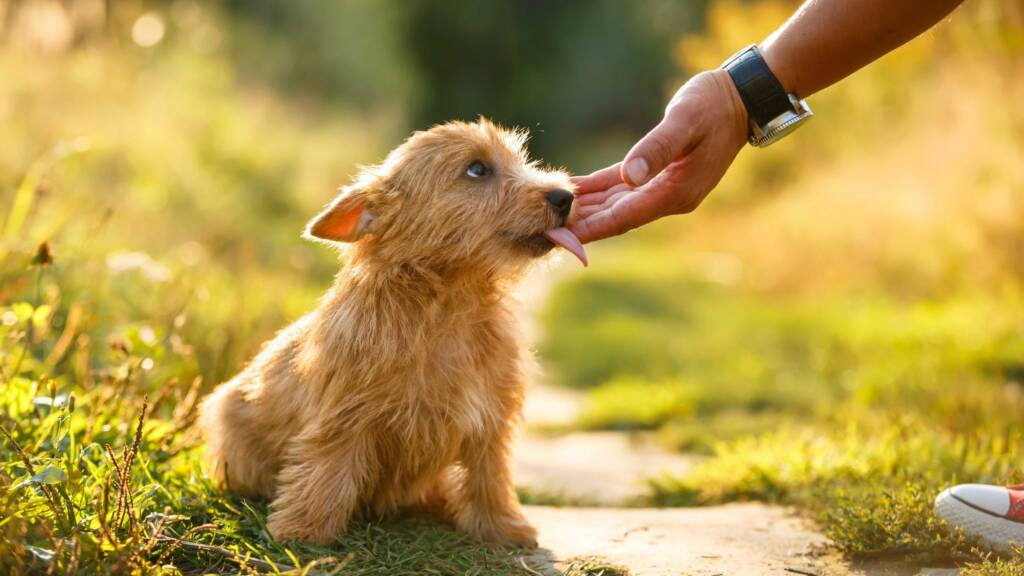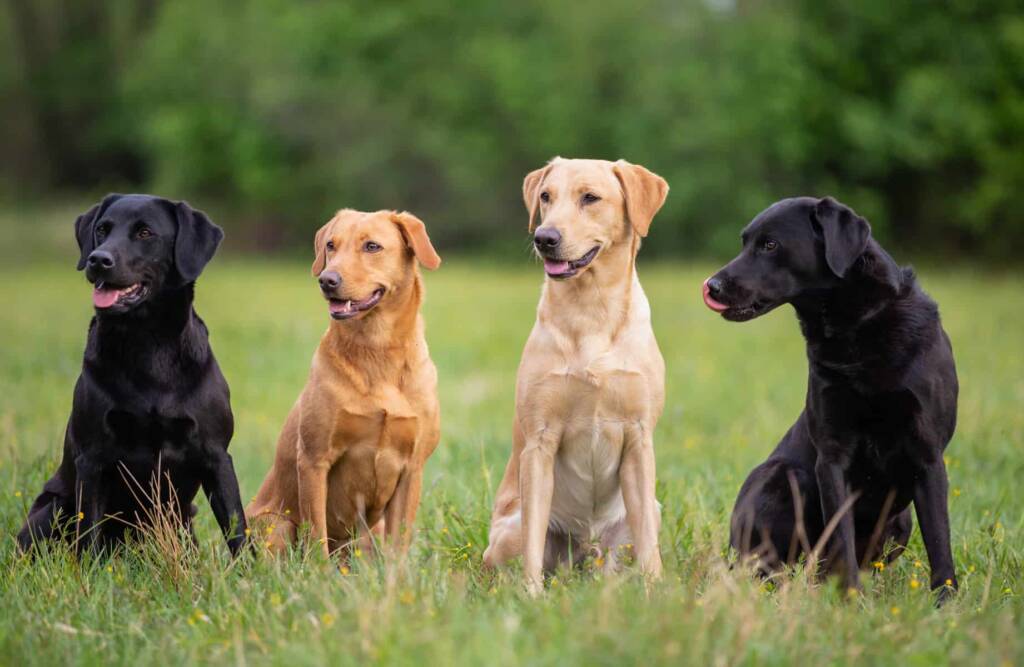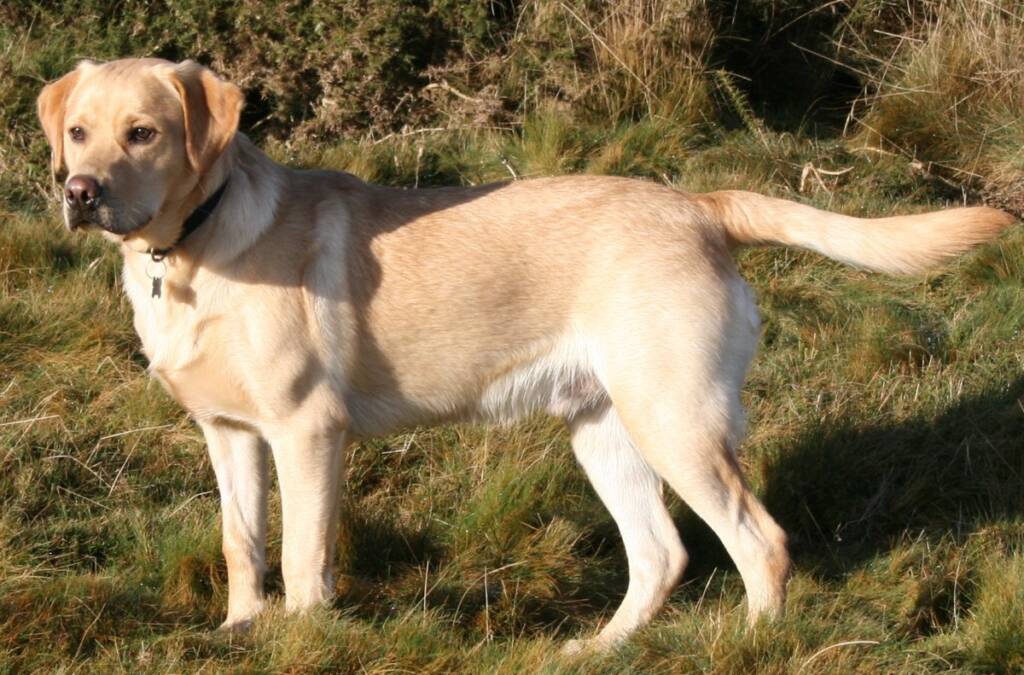Potty Training Tips: The training of a new puppy before they move into their own home is invaluable when it comes to their adjustment to their new home. There is no way we can emphasize enough how important it is to be well-versed in some potty training tips for your Labs. It is probably the first thing that most pet owners think of when they adopt a puppy, especially a Labrador puppy when it comes to training him to go potty outdoors.
Some potential pet owners might be intimidated by the prospect of having to potty train their puppies if they do not have the experience. Although it may seem difficult to many parents, the process of potty training is not as hard as it seems. Although it takes a lot of time and patience, the process isn’t as difficult as it seems. It should be noted however that with the right determination to properly train your Lab puppy, potty training will be a breeze.
To make the right choices regarding training, you should first understand that no training will be successful overnight. To give you an idea of how long does it normally takes for a puppy to be potty trained, it usually takes about 4-6 months. Nevertheless, there have also been instances when some puppies had to wait as long as 12 months before they are fully trained (or when they are already adolescents).
In most cases, the length of time involved in training a pet is because it is a habitual process and involves teaching the pet what is expected of them around the house as well as the type of boundaries being set up. It is still important to note that potty training is relatively easy, even if you will need to put in some effort on your part, especially during the first few days of potty training.
The rest of this article will show you how to make potty training your puppy easier for yourself, so I suggest you read on to learn more about how to make potty training easier. To successfully train your Lab puppy, you do not necessarily have to be overbearing and burdensome about it. If you follow our instructions on how to potty train a Lab puppy below, it will be much easier to potty train him:
Potty Training Tips #1: Use potty training tools to help you potty train a Lab puppy.
Make sure that you make use of existing training tools that can assist you in potty-training your puppy.
This can be illustrated by looking at the example of Crated. Crate training a Lab puppy is a very effective way of teaching them to lay in their respective beds. There is also the prospect of crate training making the whole process easier since dogs tend to take good care of their sleeping areas and will avoid soiling them in most cases. You should be able to keep your dog safe and secure in its crate as long as it only perceives it to be a sleeping area.
Just make sure that you have the right size crate so that if your Labrador Retriever pup sees that the crate is too big, they may consider the other end of the crate as a place they can relieve themselves. It is important to remember that the crate is a sleeping area for your puppy and that it is a safe place for him/her. You should never use it as a tool that you punish your pet with. It is important to keep the crate as a safe space for your puppy to make sure that you can use the crate effectively.
In addition to the litter mats and paper mentioned earlier, there are other tools that you can use to assist you in potty training your Lab puppy. Additionally, you can utilize the proper cleaning tools to make the cleaning process go as smoothly as possible.
Potty Training Tips #2: Establish boundaries.
Nevertheless, if you, on the other hand, prefer to know how to potty train your Lab puppy without the use of a crate, there are also other methods you can try. If your dog will be using a crate during potty training, it is still vital that you establish boundaries in advance, regardless of whether your dog will be using a crate.
Instead of letting your puppy think that the entire house is at his disposal for whatever he wants to do, you should begin by shrinking the area in which he relieves himself. To accomplish this, there are many different methods you can use. One of the ways you can help your pet relieve itself is by laying out a paper mat or a litter mat where he can relieve himself.
In this way, you will be able to establish with your puppy that only this area is allowed to be used for potty breaks. You will need to define the boundaries based on where you want your puppy to do his business. For some people, the indoor potty is preferable, while for others, the outdoor is preferable. In general, it is better to have an outdoor potty area because you will not have to deal with the smell that does come along with it.
As a result, many people who are living in apartment complexes do not have access to the backyard area, which may pose a problem for people who do not own their own houses. If you find yourself in such a situation, it might be difficult to get your puppy outside in time, so having an indoor potty area is preferable. You need to make sure that the boundaries you set are in line with your lifestyle, and that you utilize the tools and resources available to you.
If, however, the method you are going to select does not suit the way you live, potty training will be more difficult which will make your life more difficult.
Potty Training Tips #3: Supervise your puppy when potty training.
You will need to supervise your puppy closely to successfully potty train it, as you need to make sure you do not make them go to the bathroom on their own. To survive in the wild, puppies need to pee at least once an hour, and sometimes, even more than that. You must closely monitor them when it comes to see when they are truly supposed to leave so you can prevent them from getting sick.
Having this information will allow you to gauge whether it is appropriate for you to guide them to the potty area or not. Although guiding them might seem inconvenient at first, it will eventually become second nature. It is imperative that you closely monitor and train your Lab puppy in its first couple of weeks in your home. This will make all the difference down the road.
Potty Training Tips #4: Give rewards.
You can also use treats as a way to figure out what your puppy needs to be potty trained. A puppy does not have the exact means of locating himself or herself in a human environment from birth. Therefore, whenever they make a mistake, you should make sure you have patience available to you and give them some breathing space.
Most of all, when they get it right, make sure to praise and reward them. Given how much Labradors love food, encouraging potty training is also an effective method. Of course, you should not be giving them treats every time they need to go potty. Treats are only an additional helping hand that can help speed up the training process.
Potty Training Tips #5: Be understanding of your puppy’s limitations.
When you are impatient with your Labrador puppy during the training process, you will only lead to a lot of frustration. Hence, you should be aware of the responsibilities of owning a puppy, and you must also be understanding its limitations. When you realize this, you will be better prepared to handle the situation. Yes, it can be a little frustrating to have to clean certain areas more than once or to find out that the carpet has been irreparably damaged by your puppy.
It is very important to understand that puppies do not think as we do and that they do not understand boundaries from the beginning. An English Lab puppy must be potty trained as well, just as a human baby must be potty trained. Even though the whole thing can take a lot of time and take a lot of patience on your part, knowing that you are dealing with a real living being who does not yet understand everything helps to keep things calm.
Potty Training Tips #6: Keep them away from items you can’t clean.
One of the top reasons why pet owners search for ways how to potty train a Lab puppy is on account of their pet accidentally soiling something which they are unable to clean over time. Thus, if you have items such as these that your puppy could get access to, it would be best if you put them away.
By avoiding future damage in the first place, you will be in a better position to mitigate future damage. At the end of the training process, you will be much more at ease knowing that you have not irreparably damaged anything while training your puppy.
Potty Training Tips #7: Don’t be afraid of making mistakes.
When your dog is potty training you will run into dozens of messes and have a lot of doggy messes to clean up. Therefore, it is inevitable that you will run into several messes. If you have a puppy that is going to have problems with toilet training, you are going to find them more common than you would imagine.
It is important to understand that mistakes will be made throughout the process. This will help you to manage your expectations when it comes to how to potty train a Lab puppy and to be more patient. Regardless of the training itself being vital, what is more, important is that you have the right perspective on how to potty train your Labrador puppy.
Training your puppy properly and paying close attention to him/her for a considerable length of time can be a challenging task. There are bound to be problems and issues that arise as the puppy grows. Regardless, you should know that your puppy will make mistakes during house training, which is perfectly normal and expected. Don’t forget to prepare in advance and to have the necessary cleaning tools on hand and ready to be used if you need them.
Conclusion
Pet owners often consider potty training their Labradors as a necessity to ensure their dogs are safe and comfortable. The good news is that although the potty training process takes a considerable amount of time, it is a relatively straightforward process since lab puppies are easy to train and are generally people-oriented.
According to an interesting study on Labrador behavior, it has been found that Labradors that come from a gundog line or were bred to be gundogs are the ones that are the most trainable. If your Labrador does not descend from a line of gundogs, it does not mean that they will not be easy to train because they do not come from that line.
If you have patience, and you give your dog plenty of time to potty, potty training should be an easy process, and you should be able to successfully implement the tips you learned about how to potty train a Lab puppy.
How long does it take to potty train a Labrador puppy?
Is it easy to potty train a Labrador?
Should I crate train my Labrador?
Crate training is a greatly beneficial thing for Labrador puppies and other retriever breeds. It can mimic a den for these beautiful animals and give them a safe and secure place where they can rest without stress or fear. This helps them with emotional stability and can curb behavior issues.
Should I wake my puppy up at night to pee?
You should wake your puppy up to pee at night! Once a puppy reaches 4–6 months old, they will have almost a full-sized bladder and are able to hold in their urine for longer. With proper potty training, you and your dog might get through the night without wet incidents.
